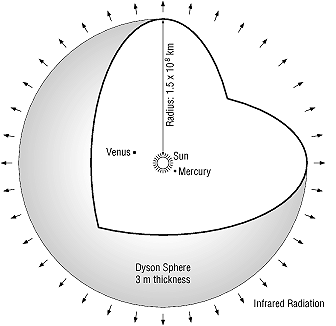The Pros and Cons of Nuclear Energy
Nuclear power is once again considered a prominent alternative,
despite the disregard it was met with in the 1970s. This is because it’s
now being touted as a more environmentally beneficial solution since it
emits far fewer greenhouse gases during electricity generation than
coal or other traditional power plants.
It is widely accepted as a
somewhat dangerous, potentially problematic, but manageable source of
generating electricity. Radiation isn’t easily dealt with, especially in
nuclear waste and maintenance materials, and expensive solutions are
needed to contain, control, and shield both people and the environment
from its harm.
The dialogue about using nuclear power – and
expanding it – centers on weighing these risks against the rewards, as
well as the risks inherent in other forms of power generation. These are
just some of the issues involved.
An excerpt from
Design is the Problem, by Nathan Shedroff, published by Rosenfeld Media
PROS
* Lower carbon dioxide (and other greenhouse gases) released into theatmosphere in power generation.
* Low operating costs (relatively).
* Known, developed technology “ready” for market.
* Large power-generating capacity able to meet industrial and city
needs (as opposed to low-power technologies like solar that might meet
only local, residential, or office needs but cannot generate power for
heavy manufacturing).
* Existing and future nuclear waste can be
reduced through waste recycling and reprocessing, similar to Japan and
the EU (at added cost).
CONS
* High construction costs due to complex radiation containment systems and procedures.
* High subsidies needed for construction and operation, as well as loan guarantees.
* Subsidies and investment could be spent on other solutions (such as renewable energy systems).
* High-known risks in an accident.
* Unknown risks.
* Long construction time.
* Target for terrorism (as are all centralized power generation sources).
* Waivers are required to limit liability of companies in the event of
an accident. (This means that either no one will be responsible for
physical, environmental, or health damages in the case of an accident or
leakage over time from waste storage, or that the government will
ultimately have to cover the cost of any damages.)
* Nuclear is a
centralized power source requiring large infrastructure, investment, and
coordination where decentralized sources (including solar and wind) can
be more efficient, less costly, and more resilient.
* Uranium
sources are just as finite as other fuel sources, such as coal, natural
gas, etc., and are expensive to mine, refine, and transport, and produce
considerable environmental waste (including greenhouse gasses) during
all of these processes.
* The majority of known uranium around the
world lies under land controlled by tribes or indigenous peoples who
don’t support it being mined from the earth.
* The legacy of environmental contamination and health costs for miners and mines has been catastrophic.
* Waste lasts 200 – 500 thousand years.
* There are no operating long-term waste storage sites in the U.S. One
is in development, but its capacity is already oversubscribed. Yucca
Mountain is in danger of contaminating ground water to a large water
basin, affecting millions of people. It’s difficult, if not impossible,
for the U.S. to impose its will on the state of Nevada (or other places)
if they don’t want to host long-term storage of waste.
* There are
no operating “next generation” reactors, such as high-temperature
breeder reactors and particle-beam activated reactors, that are reported
to produce less waste and have reduced safety concerns. Even if these
technologies were ready, they wouldn’t be deployable commercially for
another two decades.
* Shipping nuclear waste internationally poses
an increased potential threat to interception to terrorism (though this
has not happened yet with any of the waste shipped by other countries).
Increasing the amount of waste shipped, particularly in less secure
countries, is seen as a significant increase in risk to nuclear
terrorism.


